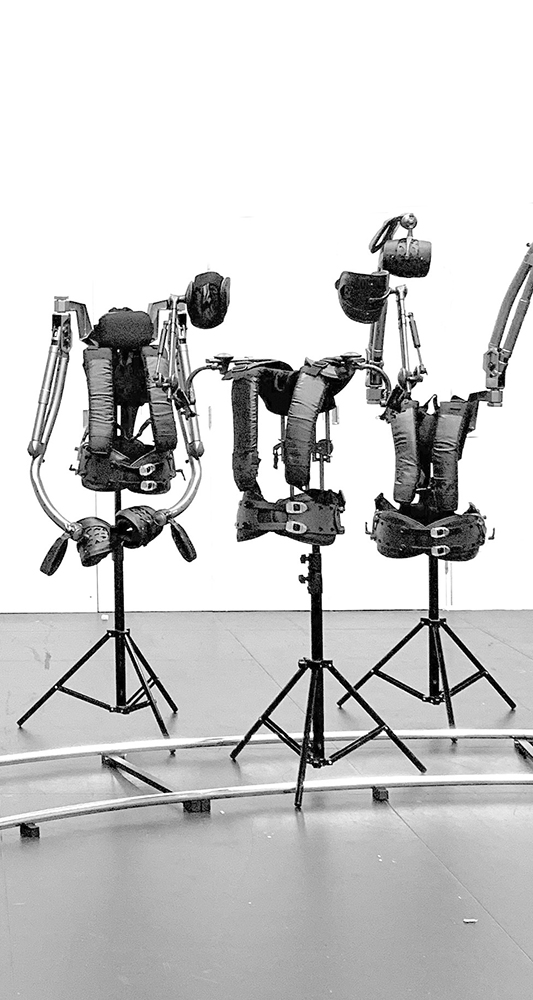TETRAGRAMMATON
A dialogue between these two artists on themes of myth, ritual and meaning, as much about their exhaustion and propensity to bewilderment as any potential they may inhere, for recuperation for and by language, culture and society. Joey’s work, ‘Religiously observant’, is inspired by alchemical and occult ideas, the world of spirits and hallucinations. The wall print features a gold CGI blazon of the Tetragrammaton It references the Sumerian mythology of the Annunaki a race of ancient chthonic fertility Gods, subsequently inscribed in a series of publications by Zecharia Sitchin (a kind of elder statesman of conspiracy theorists worldwide) as descendants of aliens, who enslaved the human race to extract gold from the earth. John’s work similarly ranges over territories of opposition: between ancient and contemporary; mythic and kitsch; between the viscid and primordial. It takes as its subject the vector of congealment, in the Marxist sense of the way labour power is congealed in commodities and so forth, extending this metaphor into an aesthetics of myth and ritual, emptied out, flattened, compacted like a sedimentary layer of anthropocene garbage, for the post-historical epoch.The sound component provides an aural complement to this structure of refuse, exhaustion and abjection. Mixing pre- or post-linguistic utterances, grunts, groans, screaming: a kind of secular glossolalia chaotically interwoven with whalesong, deep techno and political oratory.



